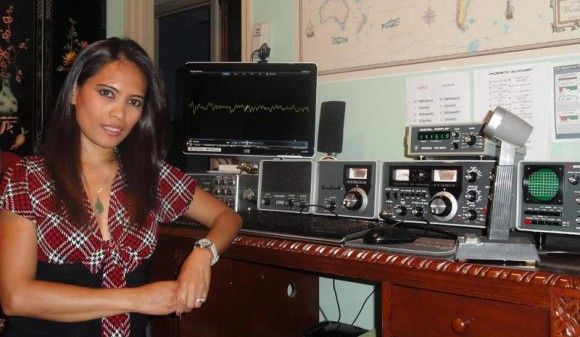Amateur radio, or ham radio, is more than just a hobby; it’s a gateway to a world of communication, technological exploration, and community engagement. Yet, in India, this vibrant hobby is shackled by a web of regulations and restrictions that hinder its growth. For those passionate about radio waves and frequencies, the barriers can seem daunting. This article delves into the restrictions placed on ham radio in India, explores their impact on the hobby’s proliferation, and argues why a more supportive approach could unlock significant benefits for both enthusiasts and society.
The Constraints on Indian Ham Radio
1. Licensing Labyrinth: Becoming a licensed amateur radio operator in India involves navigating a complex licensing process overseen by the Wireless Planning and Coordination (WPC) Wing. Applicants must pass a detailed examination that tests their knowledge of radio technology and regulations. While this rigorous process ensures technical proficiency, it also creates a formidable barrier for many potential enthusiasts, potentially discouraging new entrants.
2. Restricted Frequencies: The frequency spectrum available to amateur radio operators in India is notably limited. Certain bands are either restricted or have stringent conditions attached, curtailing the scope of operations. For instance, while international peers may enjoy expansive frequency allocations, Indian operators often face constraints that limit their ability to engage in long-distance communication and global contests.
3. Import Hurdles: Importing ham radio equipment into India is fraught with regulatory hurdles. Operators must secure import licenses and adhere to technical standards set by the Directorate General of Foreign Trade (DGFT). These requirements can lead to delays and higher costs, making it difficult for enthusiasts to access the latest technology and equipment.
4. Spectrum Management: The management of radio spectrum in India often prioritizes commercial and governmental use over amateur allocations. This leads to restrictions on the power output and types of operations permissible for amateur radio, which can stifle innovation and reduce the effectiveness of communication.
5. Regulatory Burdens: Ham radio operators in India face various regulatory requirements, including compliance with technical standards and regular reporting. These obligations can be cumbersome and, if not properly managed, may result in fines or license revocation, further discouraging participation in the hobby.
A Comparative Perspective: Ham Radio Around the World
United States:
- Operators: Over 750,000 licensed amateurs.
- Factors for Growth: Broad frequency allocations, supportive regulations, and a strong community network encourage participation and innovation.
Japan:
- Operators: Approximately 300,000 licensed amateurs.
- Factors for Growth: Government support, extensive frequency bands, and active national organizations contribute to a thriving amateur radio community.
Germany:
- Operators: About 100,000 licensed amateurs.
- Factors for Growth: Well-regulated spectrum management and robust amateur radio clubs foster an environment conducive to growth.
India:
- Operators: Roughly 50,000 licensed amateurs.
- Challenges: Limited frequency bands, complex licensing processes, and restrictive import policies constrain the growth of the hobby compared to international standards.
Why India Should Embrace Ham Radio
1. Cultivating Technical Expertise: Ham radio serves as a practical platform for learning about electronics, radio technology, and communication systems. It encourages problem-solving and hands-on experimentation, nurturing skills that are invaluable in today’s tech-driven world.
2. Enhancing Emergency Preparedness: In times of crisis, amateur radio can provide a critical communication link when other systems fail. Expanding the scope of ham radio in India could bolster disaster response capabilities and enhance national resilience.
3. Fostering Global Connections: Amateur radio offers a unique opportunity for cross-cultural communication and international collaboration. By removing barriers, India could foster greater global engagement and technological exchange.
Conclusion
The constraints on ham radio in India, while intended to regulate and ensure safety, also impede the growth of this vital hobby. By reevaluating and easing these restrictions, India could unlock significant benefits, from technical advancements and emergency preparedness to enhanced global connectivity. Embracing and supporting amateur radio could pave the way for a more connected, innovative, and resilient society.





